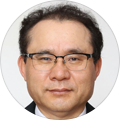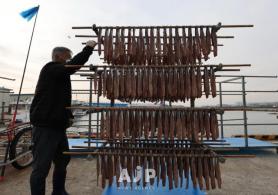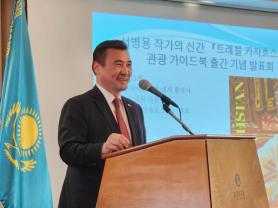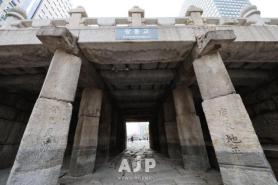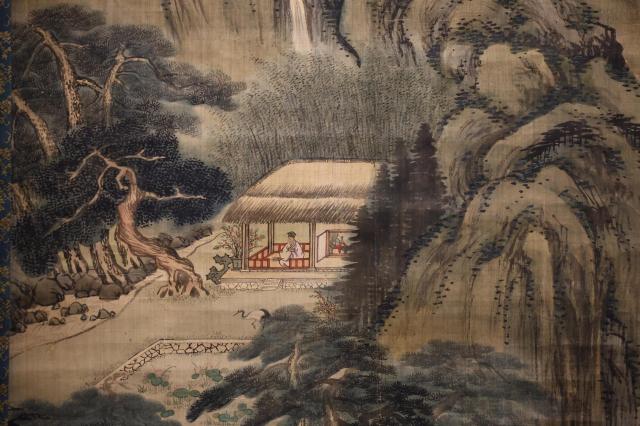
From April 2 to June 29, the Ho-Am Art Museum in Yongin, Gyeonggi Province, is presenting a major retrospective titled Gyeomjae Jeong Seon. Marking the 60th anniversary of the Samsung Foundation of Culture, the exhibition is co-hosted with the Kansong Art and Culture Foundation and features loans from 18 museums including the National Museum of Korea, as well as private collections. Thanks to this unprecedented collaboration, eight of Jeong’s 12 officially designated National Treasures and Treasures (2 National Treasures, and 6 Treasures) are being shown together for the first time. In total, 165 works are on display—making this the most comprehensive Jeong Seon exhibition to date.
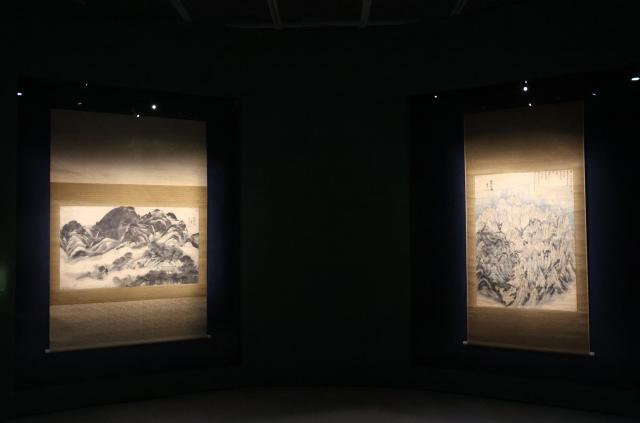
Greeting visitors at the entrance are the two National Treasures: Clearing After Rain on Mt. Inwang from the Lee Kun-hee Collection (housed at the National Museum of Korea), and Panoramic View of Mt. Geumgang from the Leeum Museum of Art. Alongside these are Jeong’s iconic true-view landscapes, his earlier conceptual works, figure paintings depicting ancient sages and scholars, and exquisite bird-and-flower compositions that span both levels of the museum.
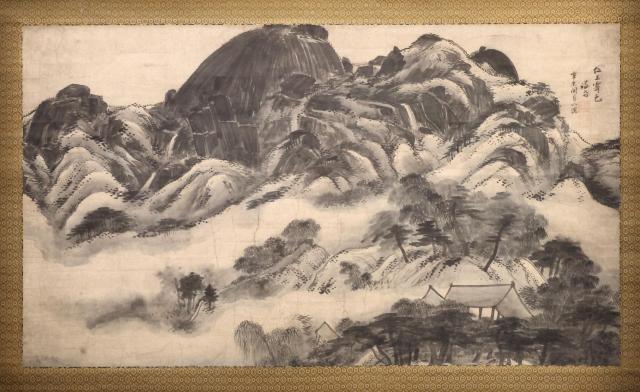
Gyeomjae Jeong Seon also reveals lesser-known aspects of the artist. Though widely remembered for his ink landscapes, this exhibition shows his brilliance with color. It also offers glimpses into the life and worldview that shaped his art. Comparing works painted at the same locations across different years adds a fascinating layer—revealing Jeong’s evolving style and artistic maturity.
This ambitious retrospective is being praised for showcasing how far South Korea’s antique art exhibitions have come. For the first time, an exhibition maps a master’s artistic journey across his entire lifetime, presenting it as a coherent, living narrative. The three years of preparation and dedication by the curatorial team deserve recognition.
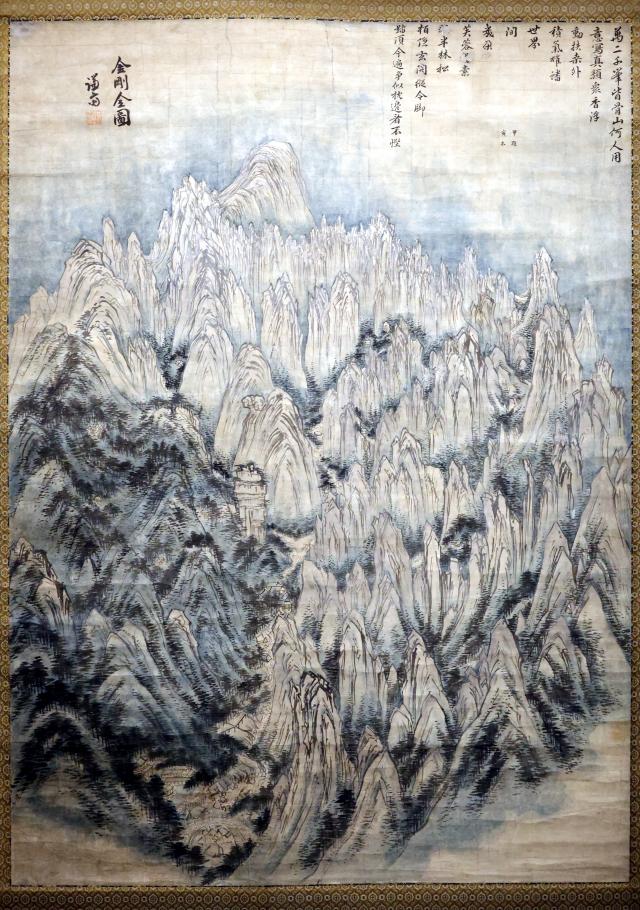
The Ho-Am Art Museum is especially stunning in spring. Winding mountain roads lead to the museum, framed by cherry blossom trees that wrap around the mountain like a folding screen. It's no wonder this site is considered one of the Seoul metropolitan area’s best cherry blossom destinations. Visitors can also explore the serene Ho-Am Reservoir and the traditional Korean garden Heewon, offering a tranquil immersion into the kind of natural beauty Jeong Seon captured in his work.
During the exhibition, a free shuttle bus runs twice daily between Leeum Museum in Hannam-dong and Ho-Am Art Museum.
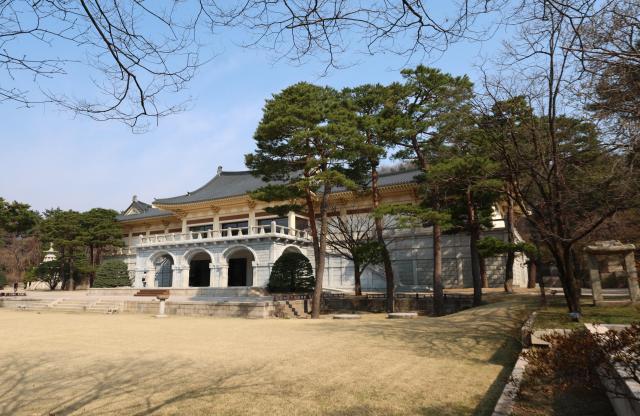
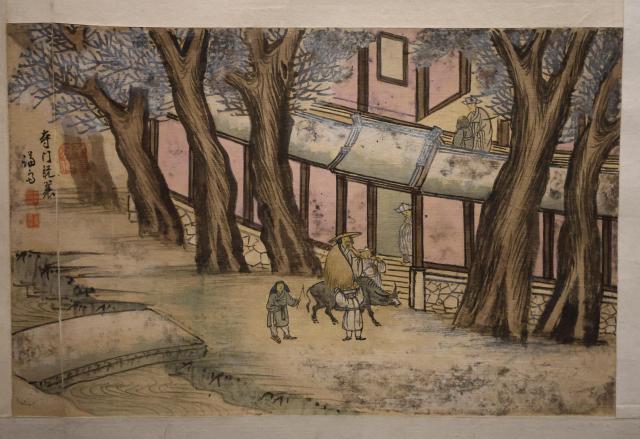
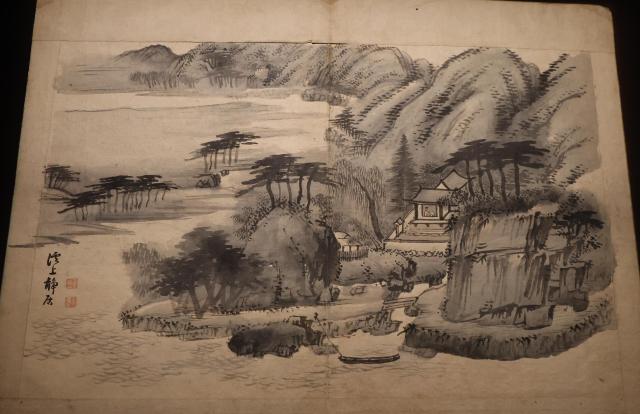
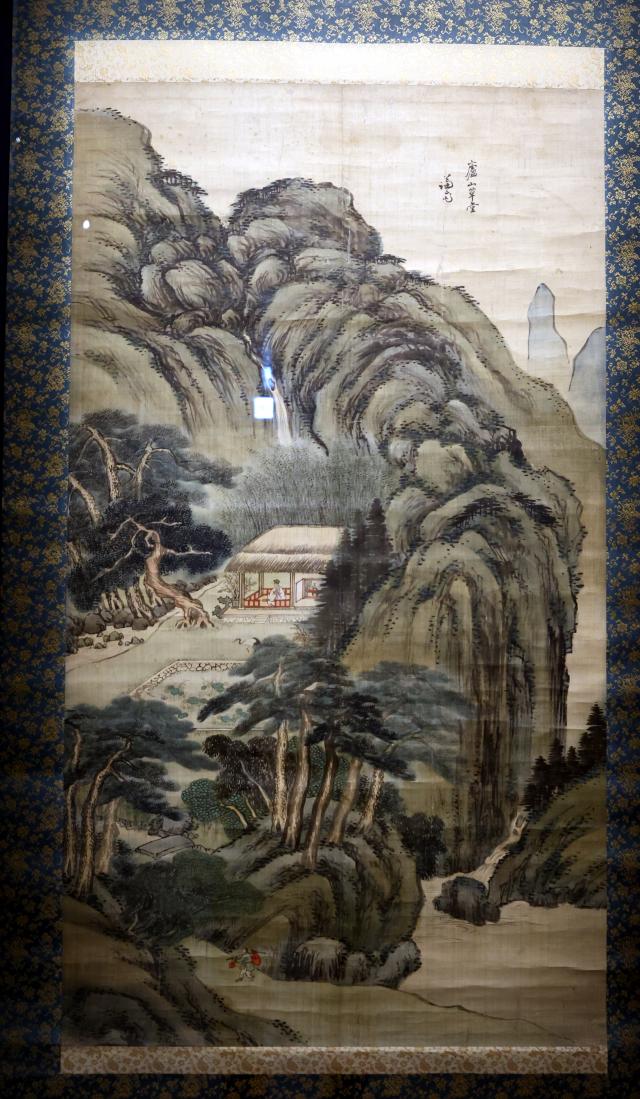
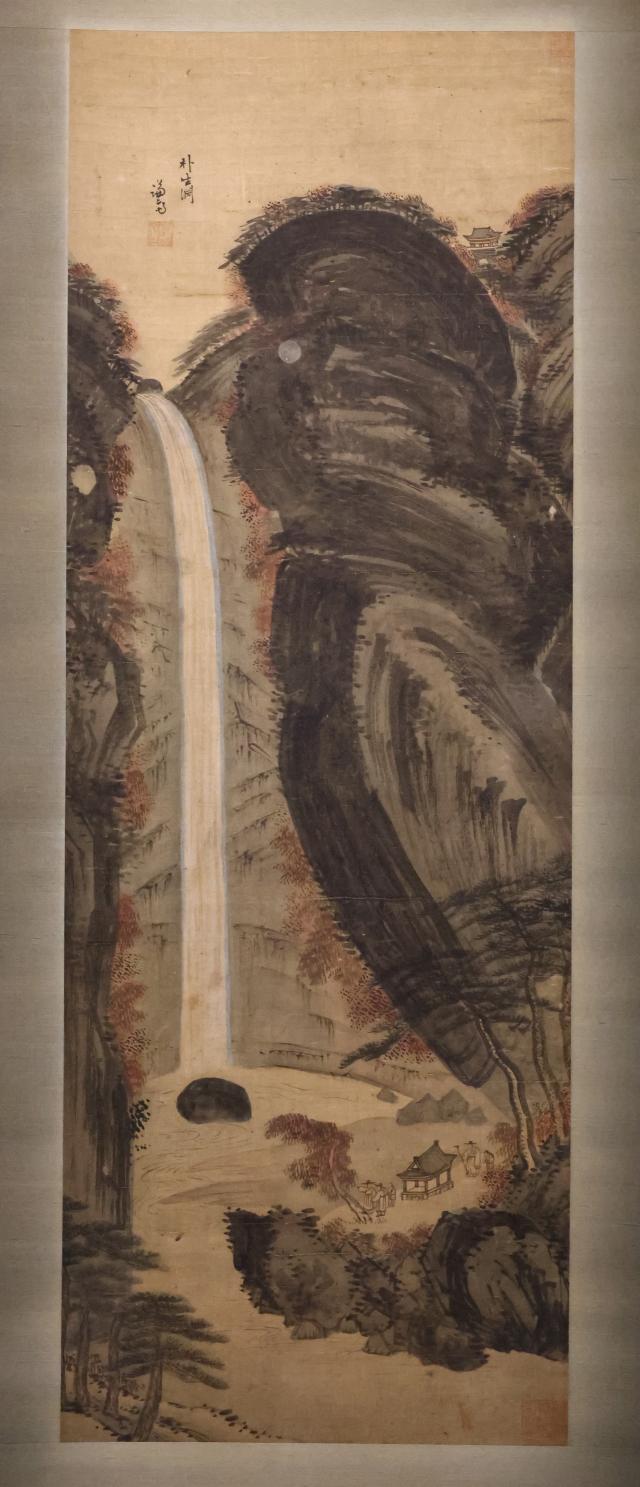
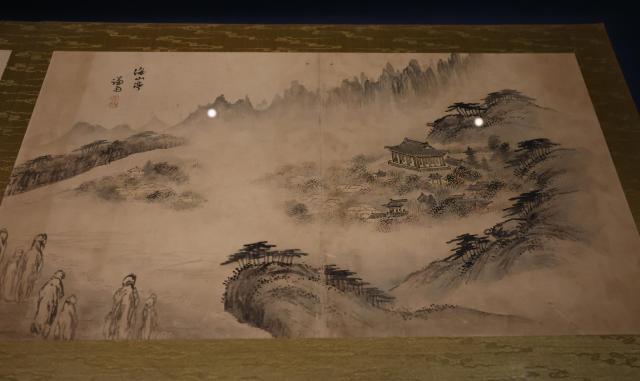
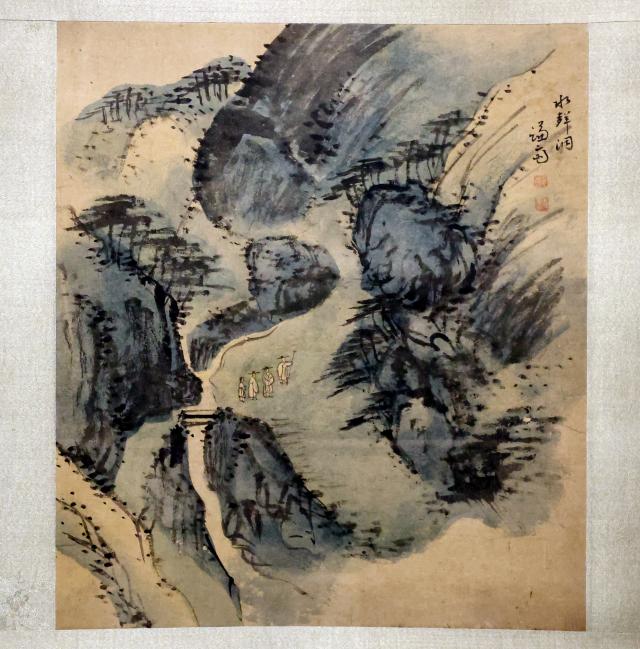
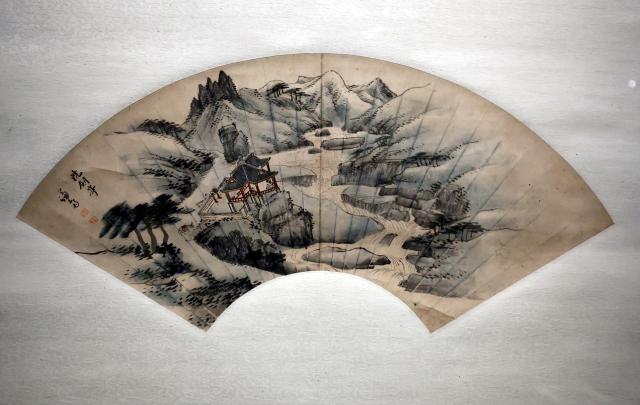
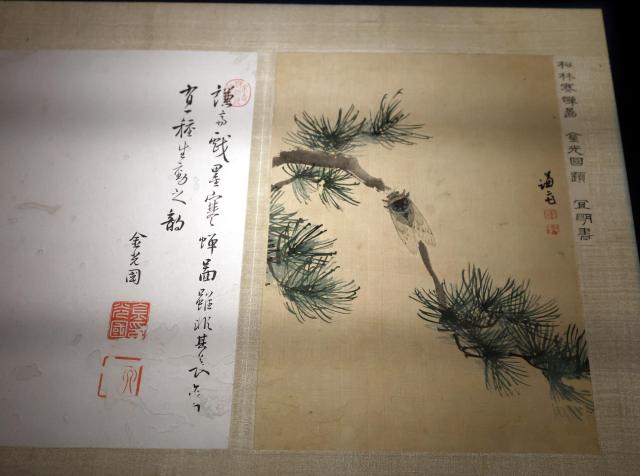
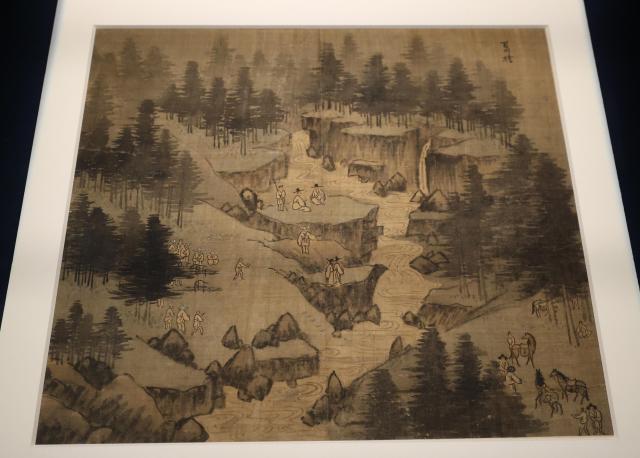
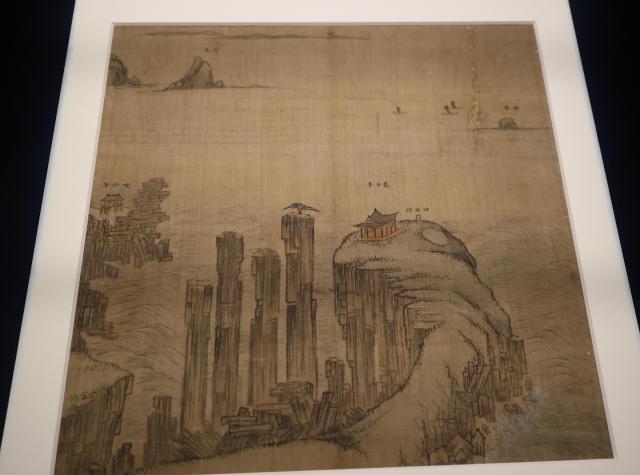
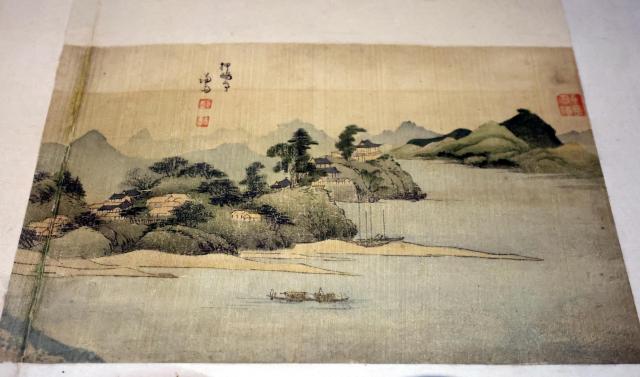
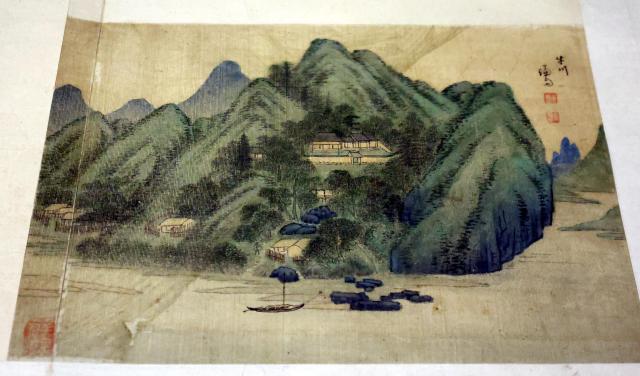
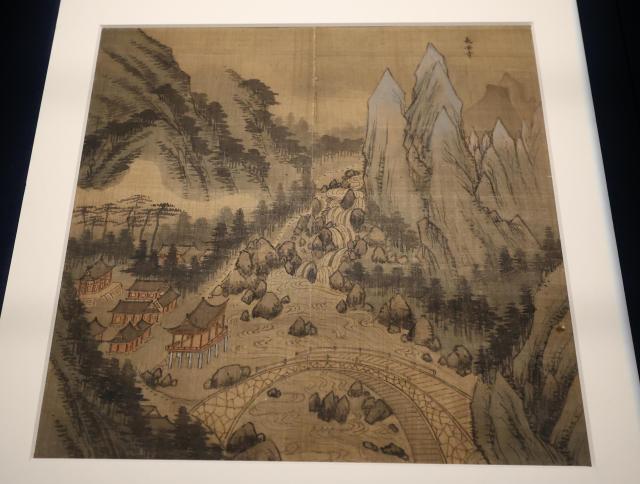
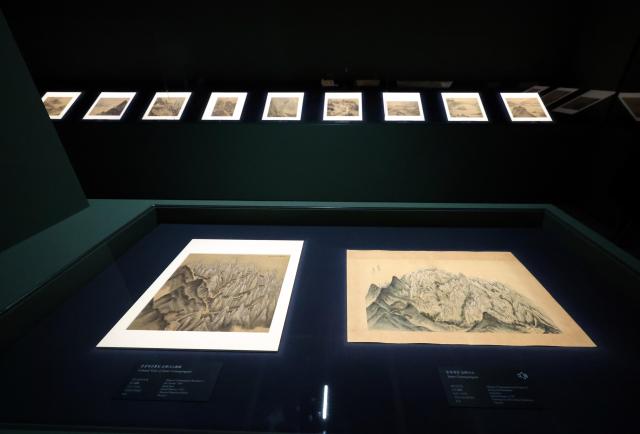
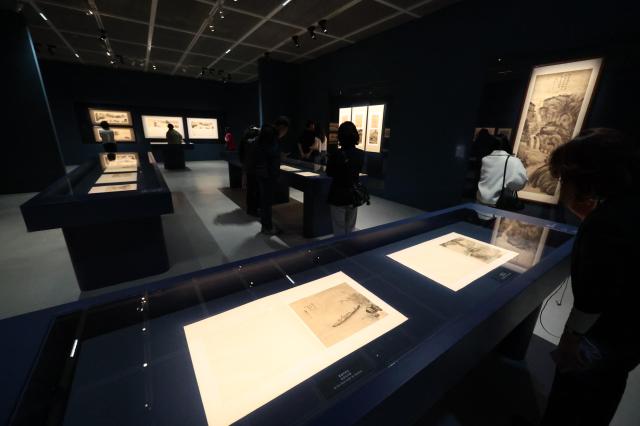
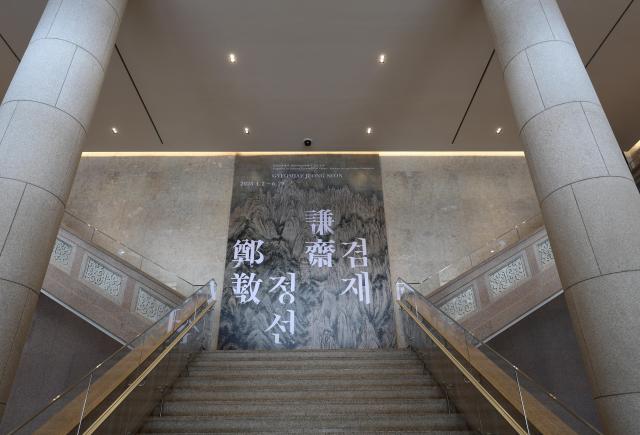

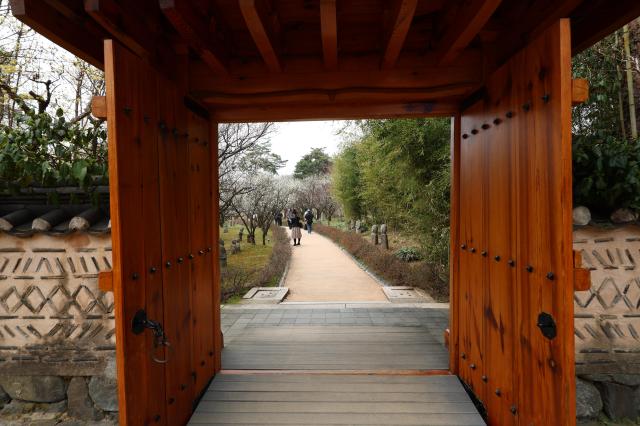
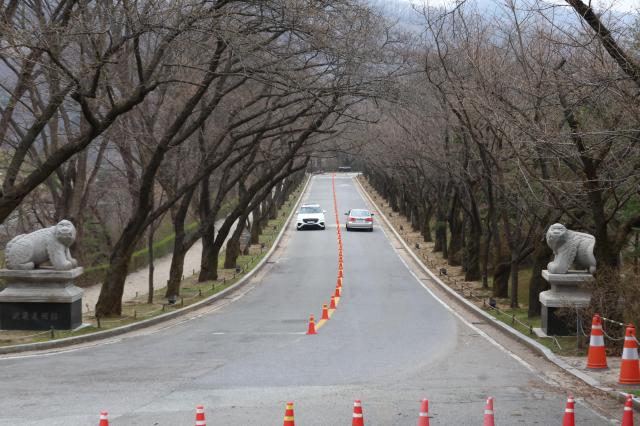
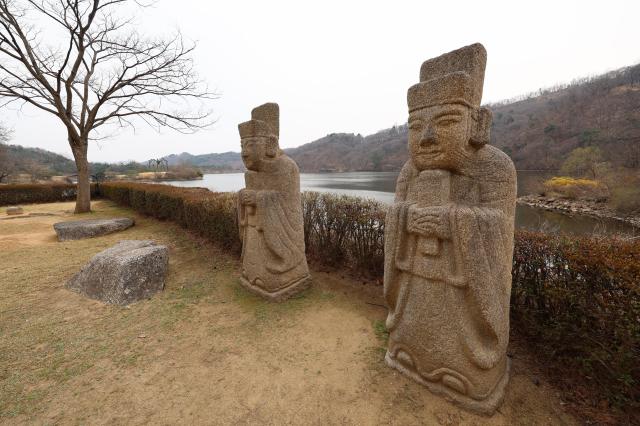
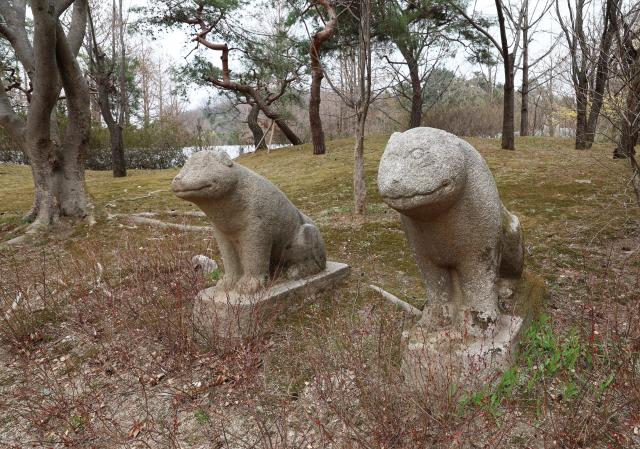
Copyright ⓒ Aju Press All rights reserved.

